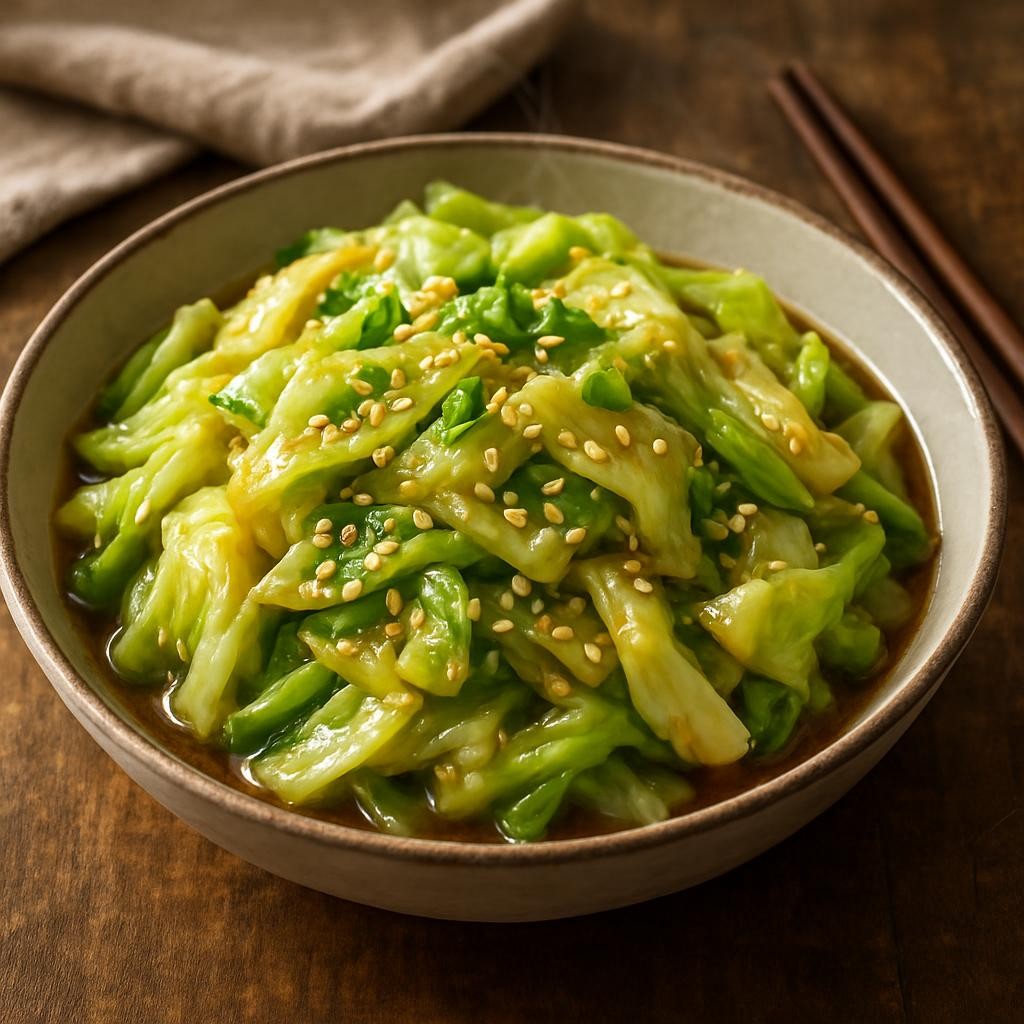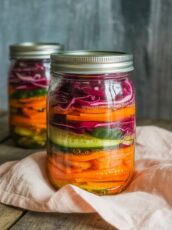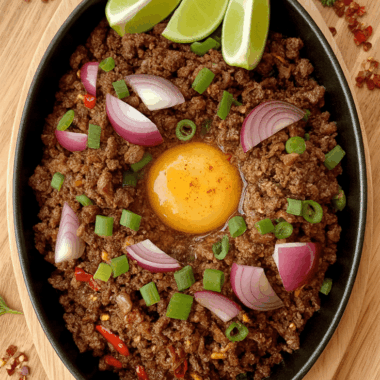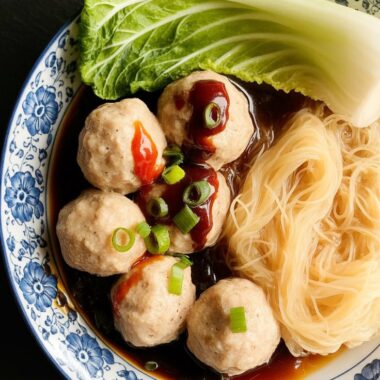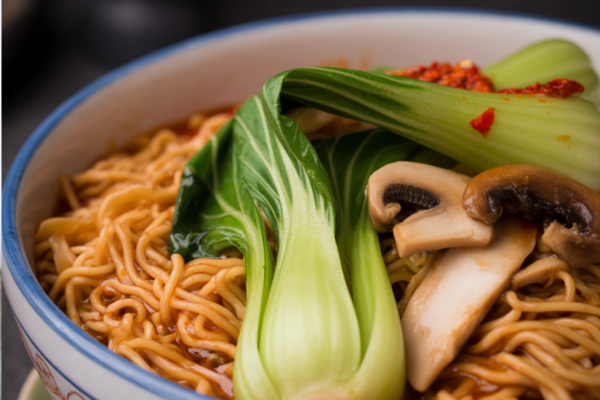Nasi Lemak, often hailed as Malaysia’s national dish, is a fragrant and flavorful coconut rice that is typically served with a variety of accompaniments. The rice is infused with creamy coconut milk and pandan leaves, creating a rich and aromatic base. Paired with crunchy peanuts, spicy sambal, and a hard-boiled egg, this dish is a delightful representation of Malaysia’s culinary diversity. Its appeal lies not just in the flavors but also in the layers of textures and the vibrant colors that make it a feast for both the eyes and the palate.

Why You Will Love This Recipe
This recipe of Nasi Lemak is a true crowd-pleaser that brings together a harmonious combination of flavors that are both comforting and exotic. The creamy coconut rice serves as a perfect base, complemented by the heat of sambal and the crunchiness of fried peanuts. Cooking Nasi Lemak is surprisingly easy, making it accessible for both novice cooks and experienced chefs alike. Whether you’re looking to impress guests at a dinner party or simply want to treat yourself to a hearty meal, this dish fits seamlessly into any lifestyle. Plus, it’s a great option for meal prep, as the components can be prepared in advance and enjoyed throughout the week.
Tips and Tricks
- Coconut Milk: Use fresh coconut milk if possible for the richest flavor. If using canned, shake it well before opening to mix the cream and liquid.
- Pandan Leaves: If you can’t find pandan leaves, you can use a few drops of pandan extract as an alternative.
- Rice Cooking: Rinse the rice thoroughly until the water runs clear to remove excess starch; this helps achieve fluffy rice.
- Sambal: Adjust the spice level in your sambal by adding more or fewer chili peppers based on your heat preference.
Make Ahead Tips
You can prepare various components of Nasi Lemak in advance. The coconut rice can be cooked and stored in the refrigerator for up to 3 days. The sambal can be made ahead of time and stored in an airtight container for up to a week. Hard-boiled eggs can be prepared a day in advance. Just make sure to store everything separately until you’re ready to serve to maintain freshness.
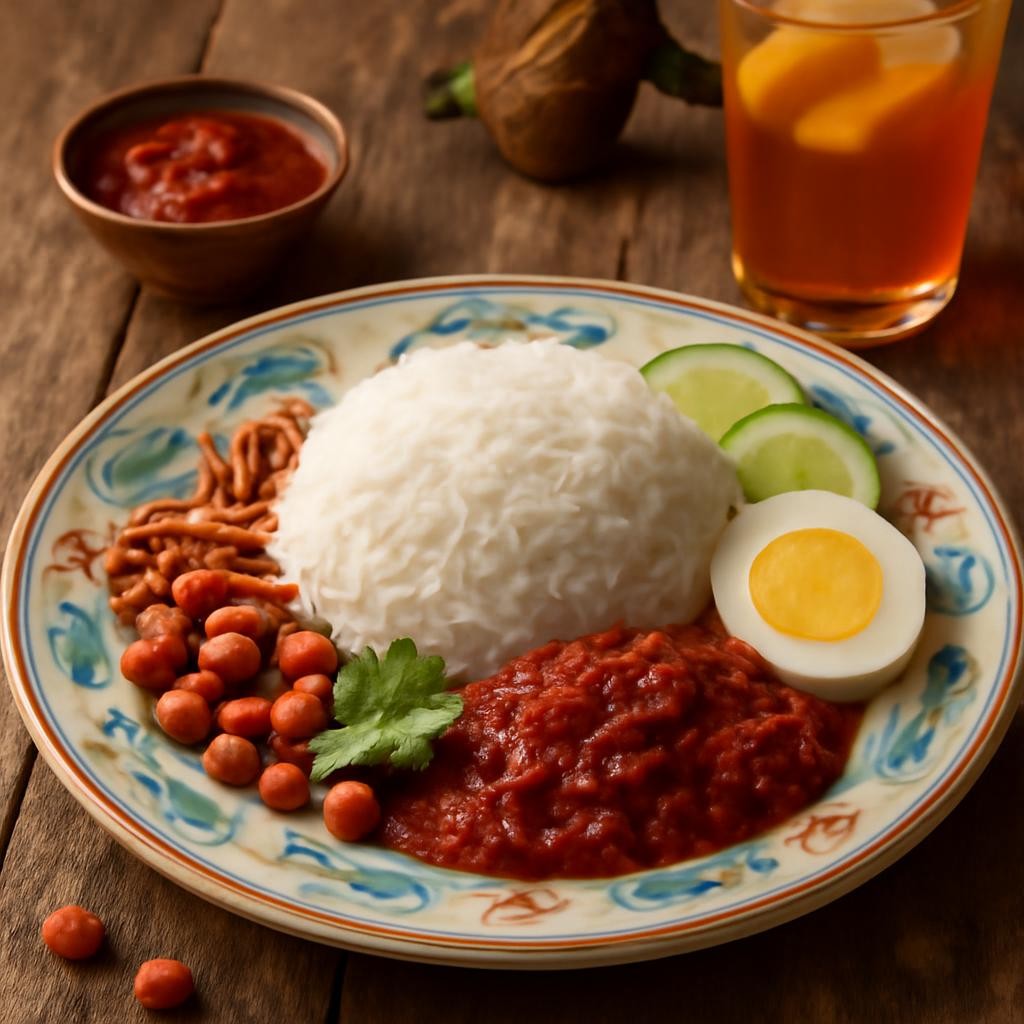
Recipe Variations
- Vegetarian Version: Swap the traditional anchovies with fried tofu or tempeh for a vegetarian twist.
- Different Proteins: Try adding fried chicken, rendang beef, or grilled shrimp as a protein option.
- Rice Alternatives: For a healthier version, you can substitute white rice with brown rice or quinoa.
How to Serve
Nasi Lemak is best served on a banana leaf for a traditional presentation, but a simple white plate works just as well. Serve the coconut rice in the center, accompanied by a generous dollop of sambal on the side, along with fried peanuts, sliced cucumbers, and a hard-boiled egg. Garnish with fresh cilantro for a pop of color. For an authentic touch, include some fried crispy anchovies or a few slices of spicy fried chicken.

Pairing Suggestions
Pair your Nasi Lemak with a refreshing drink like iced lemon tea or a traditional Malaysian drink like Teh Tarik, a frothy milk tea. If you prefer cocktails, a light gin and tonic would complement the spice of the sambal nicely. For dessert, consider serving it with a traditional Malaysian dessert like Kuih Lapis or a simple coconut pudding.
How to Store
Leftovers can be stored in the refrigerator in an airtight container for up to 3 days. The coconut rice can also be frozen for up to a month. To reheat, simply microwave the rice with a splash of water to restore moisture, and warm the sambal in a small saucepan until heated through.
Equipment Needed
- A rice cooker or stovetop pot for cooking rice.
- A frying pan for making sambal and frying peanuts.
- A blender or food processor for sambal preparation.
- Optional: A steamer for hard-boiling eggs.

Dietary Adaptations
To make Nasi Lemak vegan, replace the hard-boiled eggs with avocado slices or additional fried tofu. For a nut-free version, simply omit the peanuts or substitute them with crispy chickpeas. Those with coconut allergies can use almond milk or another plant-based milk for the rice, although it will change the flavor profile.
Seasonal Adaptations
In summer, you can add fresh herbs like mint or basil for a burst of freshness. During the fall, consider incorporating roasted sweet potatoes or pumpkin as a side. In winter, using canned ingredients like coconut milk or sambal can save time and still provide a satisfying meal.
Recipe FAQs
- Can I use jasmine rice instead of white rice? Yes! Jasmine rice adds a lovely fragrance that complements the dish well.
- How long should I cook the rice? Typically, it takes about 15-20 minutes on a stovetop or around 25-30 minutes in a rice cooker.
- What can I do if my sambal is too spicy? You can balance the heat with a little sugar or serve it alongside a cooling cucumber salad.
Nasi Lemak (Malaysian Coconut Rice)

Nasi Lemak, often hailed as Malaysia’s national dish, is a fragrant and flavorful coconut rice that is typically served with a variety of accompaniments.
Ingredients
- 2 cups jasmine rice
- 1 cup coconut milk
- 1 ½ cups water
- 2 pandan leaves (knotted)
- 1 tsp salt
- ½ cup roasted peanuts
- 4 hard-boiled eggs
- 1 cucumber, sliced
- 1 cup sambal (store-bought or homemade)
Instructions
- Rinse the Rice: Rinse the jasmine rice under cold water until the water runs clear to remove excess starch.
- Cook the Rice: In a rice cooker or pot, combine the rinsed rice, coconut milk, water, salt, and pandan leaves. Cook according to your rice cooker instructions or bring to a boil, then reduce to low heat, cover, and simmer for 15-20 minutes.
- Prepare the Sambal: In a frying pan, heat a little oil over medium heat. Blend your sambal ingredients (chili peppers, garlic, onion, and salt) to a paste, then fry for about 10-15 minutes until fragrant and the oil separates.
- Cook the Peanuts: In the same pan, lightly toast the peanuts until golden brown. Remove from heat and set aside.
- Boil the Eggs: Hard-boil the eggs by placing them in a pot of cold water, bringing it to a boil, then covering and removing from heat. Let sit for 10-12 minutes, then cool and peel.
- Serve: Fluff the rice with a fork, then serve it on plates with sambal, fried peanuts, cucumber slices, and hard-boiled eggs on the side.
Nutrition Information:
Yield: 4 Serving Size: 1Amount Per Serving: Calories: 418Total Fat: 27gSaturated Fat: 14gTrans Fat: 0gUnsaturated Fat: 10gCholesterol: 187mgSodium: 1964mgCarbohydrates: 32gFiber: 3gSugar: 4gProtein: 15g
Asianplated.com, occasionally offers nutritional information for recipes contained on this site. This information is provided as a courtesy and is an estimate only. This information comes from online calculators. Although allchickenrecipes.com attempts to provide accurate nutritional information, these figures are only estimates.
Final Thoughts
Making Nasi Lemak at home is a rewarding experience that allows you to enjoy a taste of Malaysia right in your kitchen. The combination of flavors and textures, along with the beautiful presentation, makes it a dish perfect for both special occasions and casual weeknight dinners. Whether you’re a seasoned cook or a beginner, this recipe is straightforward and adaptable. I hope you enjoy making and savoring this beloved dish as much as I do!


